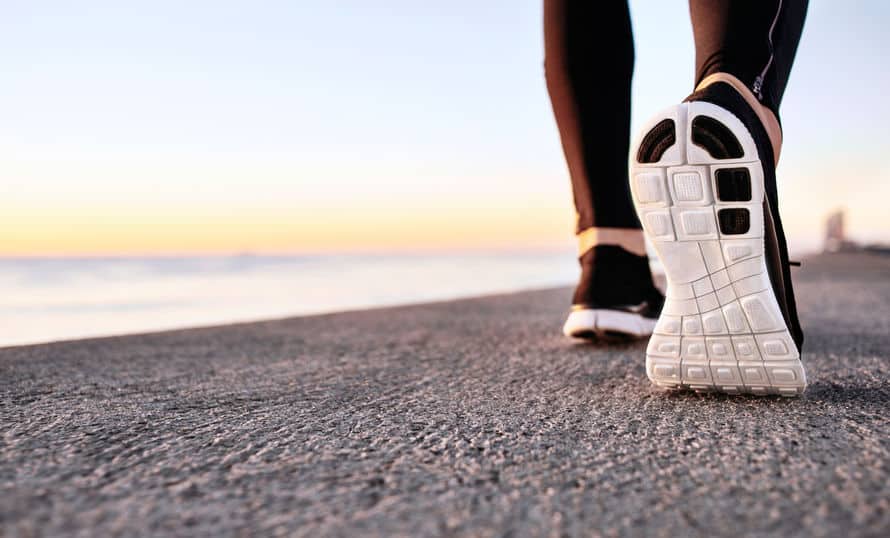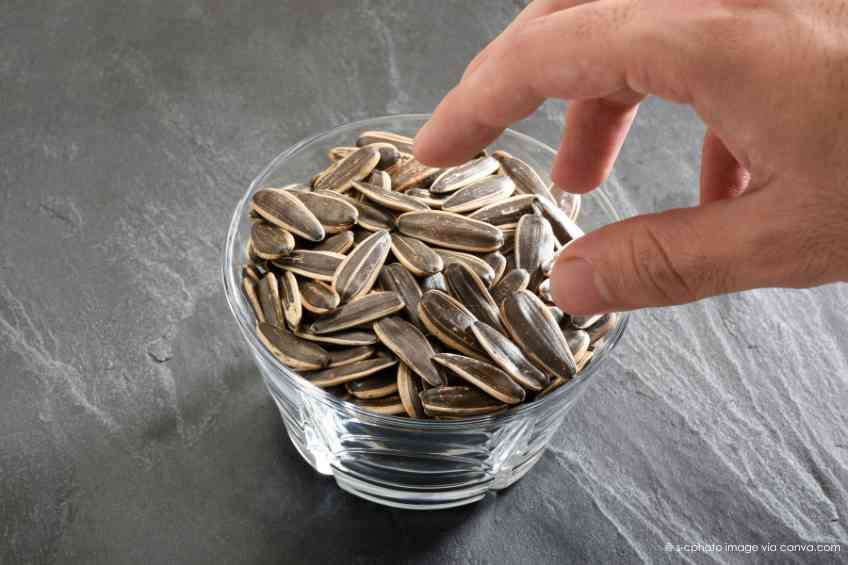The Skinny
Not all sneakers or walking shoes are the same. That’s a good thing. Not everyone has the same needs or feet. Basketball, runner, walking and general athletic shoes come in all sorts of styles and models. The trick to getting the right pair is being able to match them to your needs, foot size and foot issues. Example, someone with specific foot problems such as arthritis, tendonitis, or plantar fasciitis or who tends to have their arch or ankle roll inward probably needs sneakers with motion control. Basketball players, in turn, should choose footwear based on their body size and level of play. Regardless, its essential before buying anything to get ahead of the game. Know your foot size, understand if you need extra wide footwear and make sure you identify any personal foot issues. Also, when you try on shoes in a store, make sure you’re wearing the same type of socks you will when you’re actually walking, running or playing ball. Here’s some more advice from WellWell on kitting out your wheels.
The Slate
There are several basic options. Minimalist shoes counter the trend in sneakers to have super thick soles. Born out of an interest in barefoot running, these shoes have a thin sole, with little to no change in height from heel to toe and extremely flexible. Advocates says they support a more a natural experience for foot and body biomechanics.
Motion Control sneakers usually work, as noted, for individuals with specific foot issues. They always offer mid sole elevation and or an arch that has a hard plastic shell. Stability Shoes are simply sneakers that offer good support but have less control over foot motion than a motion control shoe. A stability shoe would be a good choice for feet that don’t over-pronate or require extra support. Cushioned shoes are meant to absorb shock. They are less rigid and have less control than other styles, so they may be easier to flex in half or twist. But they may not be the best choice for anyone with any kind of foot or ankle instability.
There are several general things to consider when purchasing sneakers for hoops. Are they comfortable, leaving room for the big toe? Will they hold up for a full season or even several months of pick up games? How much are you willing to pay? Once you get a handle on these considerations, the next step is deciding on a shoe’s height. Low top sneakers offer the greatest range in terms of speed and agility—great for guards. High tops deliver extra ankle support and stability, a possible choice for big men. Mid tops, not surprisingly, hit the happy medium and may be right for casual players who want and need extra support
Think long-term when considering buying walking shoes because you’ll be in them a lot so they should be comfortable, fit right to provide support and prevent injuries such as blisters and calluses. In general, this means a good walking shoe should be lightweight and have a decent ability to absorbing shock. Other elements of a sound walking shoe include:
- Achilles tendon protector
- Cushioned heel collar
- Insole support for the foot and arch
- Gel, foam or air midsole cushion to absorb impact
- Outsole that make even ground contact and provide traction
- Toe box with ample space
Slippers may not be considered athletic footwear, but don’t make them an afterthought. Some people spend a lot of time in house slippers and it’s important to get the right fit. They should be comfortable but also provide support. Some individuals may also need pronounced arches, especially if they are used to wearing formal shoes most days. And while slippers shouldn’t be heavy, they should have some traction.
Eyes Up
What do you look for in athletic footwear? Tell us at info@wellwellusa.com













